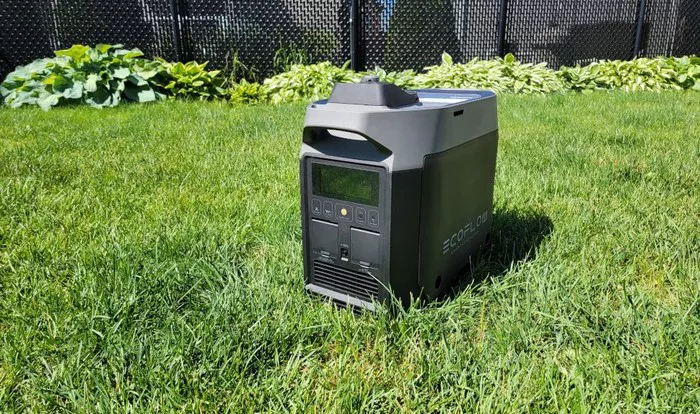Energy solutions provider Generac has introduced a new lineup of emergency stand-by generators aimed specifically at data center applications, addressing the growing energy needs of the sector. The new models, which range from 2.25 MW to 3.25 MW, are designed to enhance Generac’s existing energy portfolio and target markets including hyperscale, colocation, enterprise, and edge data centers.
A recent study from PA Consulting for the National Electrical Manufacturers Association (NEMA), titled “A Reliable Grid for an Electric Future,” predicted a 300% surge in energy consumption by U.S. data centers. In response, NEMA President and CEO Debra Phillips highlighted the need for a multifaceted approach to build a sustainable energy future.
Generac’s new generators are positioned to fill a critical gap, with the company previously limited to systems that topped out at 2 MW. Ricardo Navarro, Generac’s Senior Vice President and General Manager of Global Telecom Solutions and Data Centers, explained the company’s expansion into larger generator models, saying, “We’ve been in the data center market for a long time, but now we have the right combination of products and market demand.”
While the generators are diesel-powered, they are designed to integrate seamlessly with cleaner energy sources. Generac’s modular power systems enable multiple generators to be deployed together, offering increased reliability, scalability, and serviceability. These systems can also be paired with energy storage solutions or renewable energy sources like solar-powered microgrids.
Navarro shared that the majority of orders for the new generators are linked to projects that will incorporate energy storage, reflecting a broader industry trend towards hybrid energy systems.
Generac is also emphasizing its ability to deliver these systems faster than competitors, which face lead times of 72 to 104 weeks for generators. The company claims that its generators can be delivered within 50 to 60 weeks, thanks to strong supplier partnerships and the efficiency of its Oshkosh, Wisconsin manufacturing facility. This faster delivery time is especially crucial as supply chain challenges persist across industries.
“We can deliver these units in 50 to 60 weeks because of our solid partnerships with vendors for engines, alternators, and other components,” Navarro stated. “Being able to manufacture in the U.S. helps us achieve those efficiencies.”
Although Generac did not disclose specific customers, Navarro noted that interest has come from both large technology companies and smaller colocation providers looking to meet the increasing demands of the data center market.

